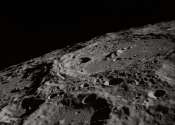Scientists close in on 12-billion-year-old signal from the end of the universe's 'dark age'
Today, stars fill the night sky. But when the universe was in its infancy, it contained no stars at all. And an international team of scientists is closer than ever to detecting, measuring and studying a signal from this ...








